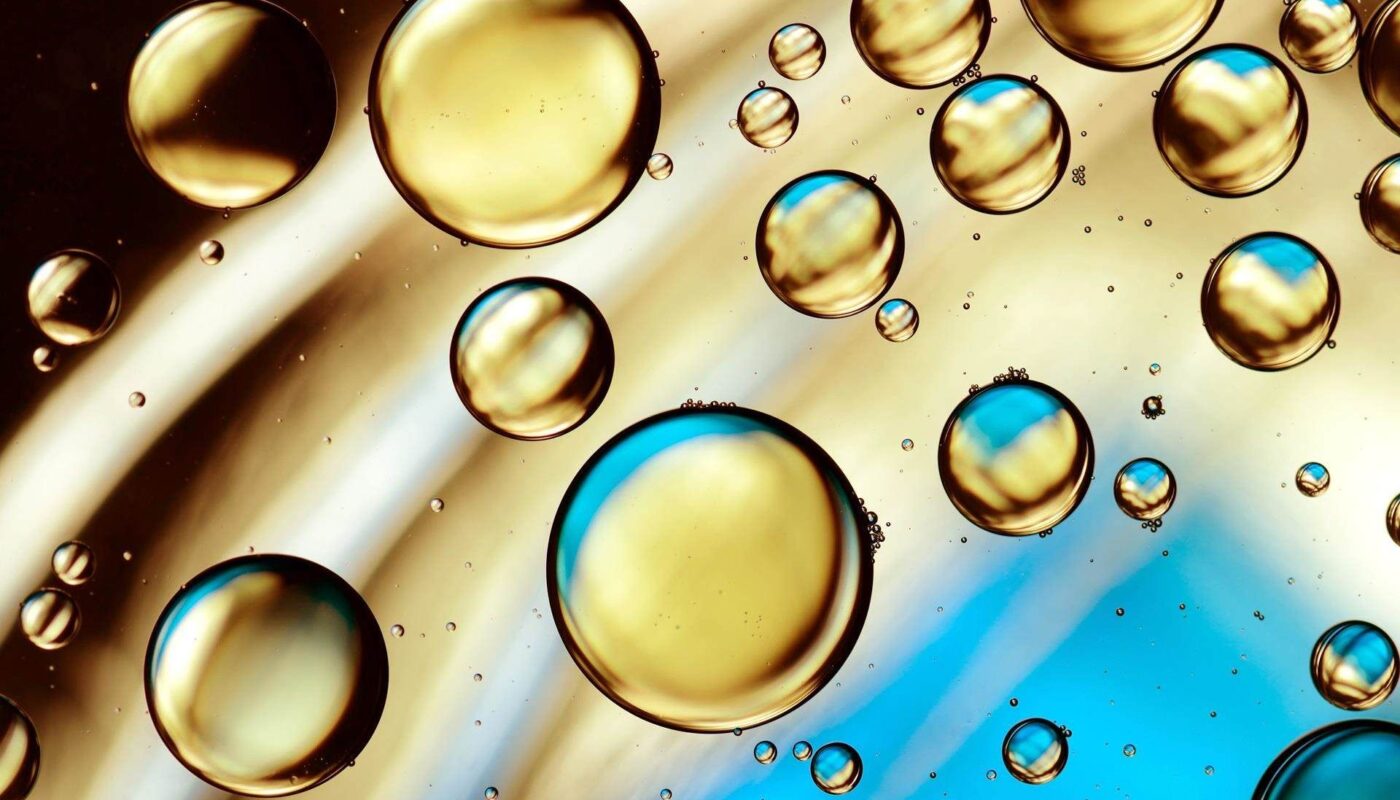Anionic surfactants are an important class of surfactants that find a wide variety of applications in detergents, personal care products, household cleaners and industrial applications. In this article, we will discuss the properties of anionic surfactants and how they enable various end uses.
What are Anionic Surfactants?
Anionic surfactants are amphiphilic molecules that contain both hydrophilic and hydrophobic groups. The hydrophilic or water-loving part of the molecule contains negatively charged group such as sulfates, sulfonates or carboxylates. The hydrophobic or oil-loving part is usually a long alkyl chain. The anionic nature arises due to the presence of negatively charged group in the head of the surfactant molecule.
Some common examples of anionic surfactants include alkyl sulfates, alkyl ether sulfates, linear alkylbenzene sulfonates (LAS), alpha-olefin sulfonates (AOS), soaps etc. Sodium dodecyl sulfate (SDS) and sodium laureth sulfate are among the most widely used anionic surfactants globally.
Properties and Applications
Due to the presence of both hydrophilic and hydrophobic groups, Anionic Surfactants can lower the surface tension and interfacial tension between two immiscible liquids like oil and water. Their hydrophilic group attracts water whereas hydrophobic tail solubilizes oils and greases. This property of solubilization and emulsification finds numerous applications.
Detergents and Cleaning Products
Anionic surfactants are the principal ingredients in laundry detergents and cleaning products owing to their excellent grease cutting and soil removal abilities. Alkyl sulfates and alkyl ether sulfates provide effective cleaning of fabrics and surfaces by solubilizing oils, fats and greasy soils into the washing solution. Cleaning products containing sulfonates and carboxylates efficiently remove dirt, stains and grease.
Personal Care Products
Anionic surfactants form the basis of shampoos, soap bars, liquid soaps and body wash products due to their excellent foaming and wetting properties. Sodium laureth sulfate is a common ingredient in shampoos that helps to cleanse the hair and scalp without drying. Soaps contain fatty acid salts that gentle cleanse the skin. Anionic surfactants impart emulsion stabilization in lotions, creams and makeup products.
Industrial and Institutional Cleaning
Heavier duty anionic surfactants like alpha-olefin sulfonates find usage in hard surface cleaners, brick and concrete cleaners for efficient grease removal. They are also used in industrial cleaners for parts, machinery and metal surfaces. Their high detergency and flash foaming characteristics make them suitable for institutional cleaning applications.
Oilfield Applications
Certain anionic surfactants have found application as enhanced oil recovery (EOR) agents and fracturing fluid additives. When added to fracturing fluid, anionic surfactants can lower the interfacial tension between water and oil, allowing more oil to be recovered from the reservoir rock. Their wettability altering properties help in mobilization of trapped oil.
Other Uses
Anionic surfactants are integral ingredients in paints, coatings, adhesives, dyestuffs and pigments industries where they are used as dispersing agents and to control rheology. They enhance the printing quality in paper manufacturing. Certain derivatives act as emulsifiers, solubilizers, penetrants and pesticide adjuvants in agrochemical formulations.
Environmental and Toxicity Aspects
Like other surfactants, anionic surfactants can have environmental impacts if not properly treated before water discharge. Their effect on aquatic lifeforms depends on concentration and type of compound. Linear alkylbenzene sulfonates are reported to be readily biodegradable and hence preferred. Stringent regulations are in place to limit surfactant discharge from industrial effluents. Overall, the benefits of anionic surfactants far outweigh the environmental costs when used judiciously and waste is properly managed.
Anionic surfactants are versatile materials that bring extraordinary benefits to numerous consumer products and industrial processes owing to their unique ability to reduce interfacial tensions. Ranging from detergent and personal care formulations to enhanced oil recovery and agrochemical applications, anionic surfactants continue to evolve and deliver improved performance attributes with each new innovation. Sustainable production combined with judicious utilization can help maximize their benefits while minimizing environmental impacts.
*Note:
1. Source: Coherent Market Insights, Public sources, Desk research
2. We have leveraged AI tools to mine information and compile it



